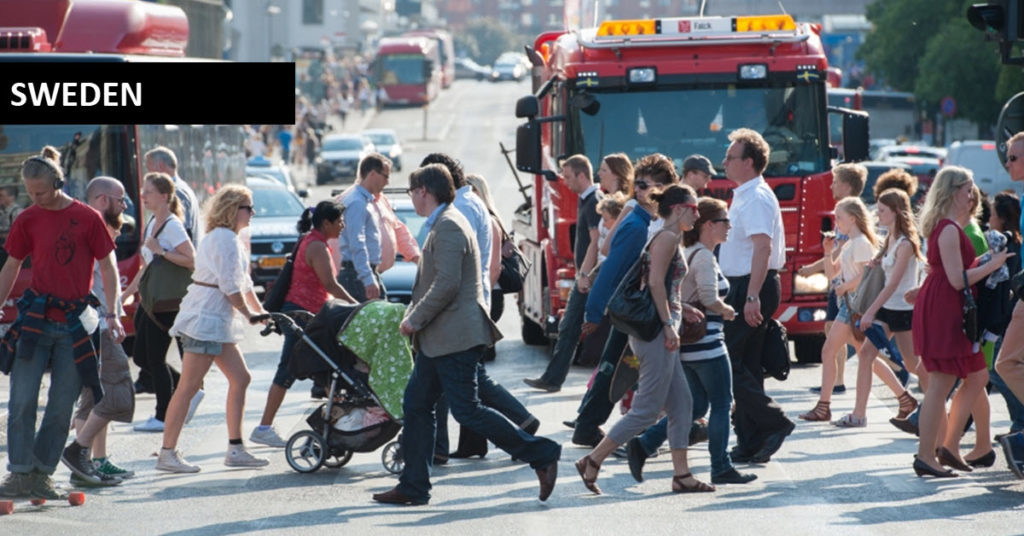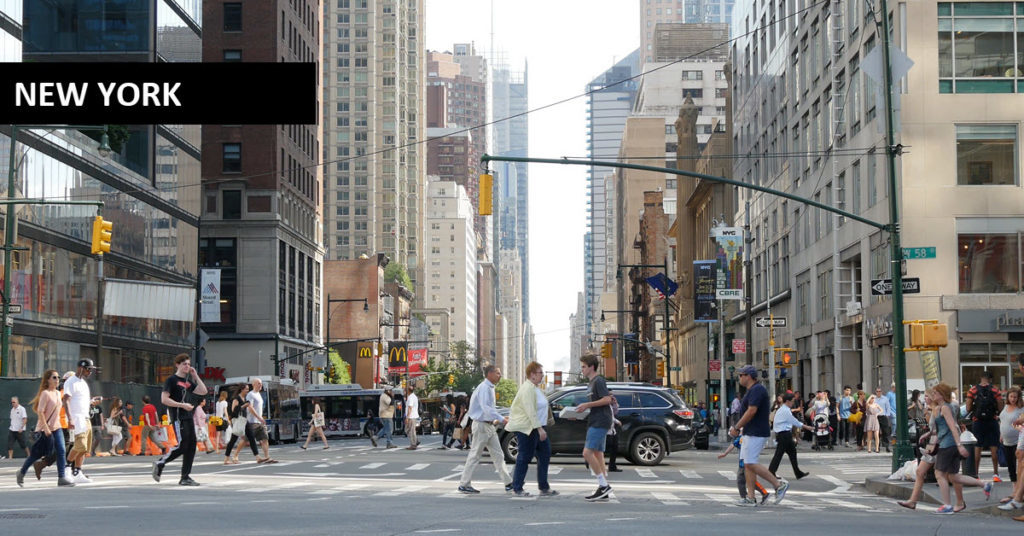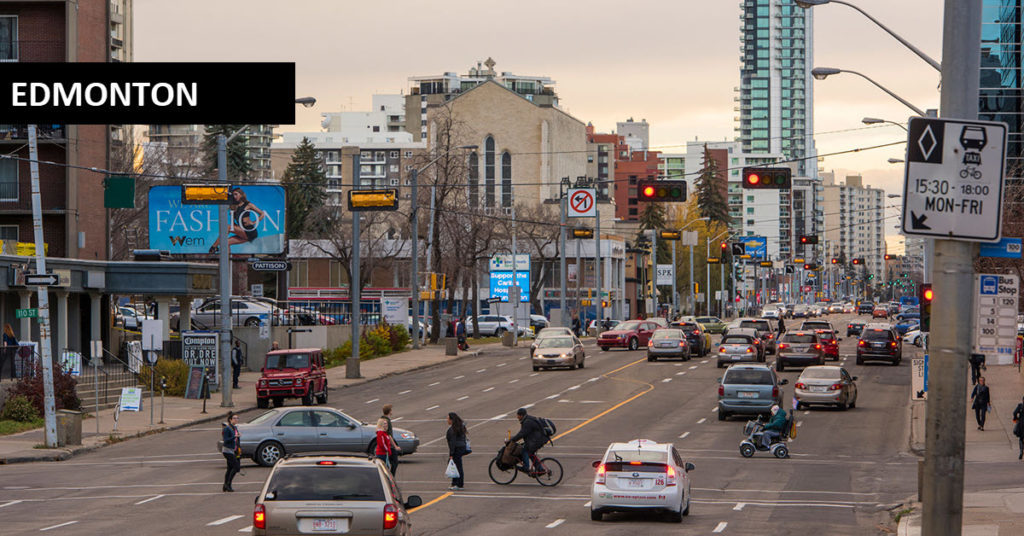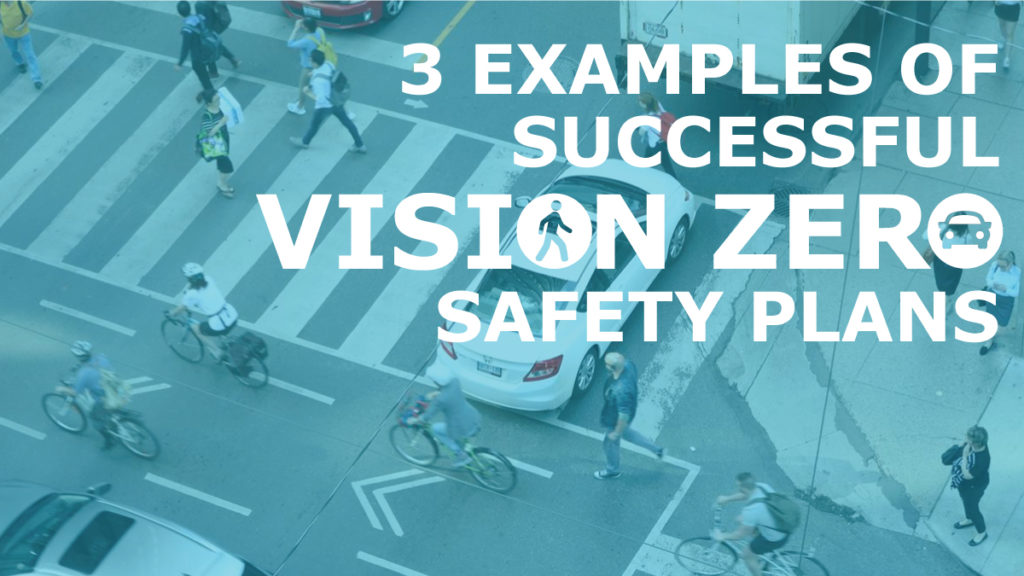3 Examples of Successful Vision Zero Safety Plans
Nearly 1.25 million people die in road crashes every year. That’s 3,287 deaths every day.
No doubt, you or someone you know has lost a loved one in a deadly crash. Maybe you’ve been seriously injured yourself — and that’s your motivation for finding a long-term solution to the problem every region in the world faces.
These stats are certainly the catalyst for the global movement known as Vision Zero; a world with ZERO fatalities or severe injuries on our roadways.
Sweden kicked off the Vision Zero initiative more than 20 years ago. Since then, agencies around the world have jumped on board, some struggling to make the lofty goal a reality, with others seeing impressive success.
While Vision Zero experts admit there isn’t one solution that works everywhere, here are three examples of regions that are getting right.

SWEDEN
We’d be remiss in leaving Sweden off the list given the country pioneered the movement to ensure safe, healthy, and equitable mobility for all. Since first implementing Vision Zero in the 1990s, Sweden has reduced its severe injuries and deaths by half.
“The country now has one of the lowest traffic fatality rates in the world.“
Rather than blaming drivers and other transportation system users, Vision Zero places the responsibility for accidents on system design, addressing road design, vehicle technology, and enforcement.
Sweden’s success is largely due to updated road design, including barrier separation of oncoming traffic lanes. Between 2002 and 2015, the country more than doubled the number of road kilometers where oncoming traffic is barrier separated.

NEW YORK CITY
Since Sweden kicked things off, more than 20 American cities have embraced the concept of changing systems to prioritize safety over speed. None more prominently than New York City.
“The most heavily populated U.S. city had record-low traffic fatalities in 2018.”
Since putting Vision Zero into action in 2014, the city has seen a 44% drop in pedestrian deaths and a 27% decline in overall traffic fatalities.
The city has targeted 50 roads and intersections for updating and the addition of tools such as slow zones, speed cameras, bike lanes, and better traffic enforcement.
As was the case in Sweden, those in charge of Vision Zero have made it a group effort, setting up community outreach and working with organizations like the taxi association, transportation department, and transit authority.

EDMONTON
While Canada adopted Vision Zero as a national strategy in January 2016, Edmonton was ahead of the curve. In September 2015, the city of close to a million people became the first in Canada to adopt Vision Zero.
“Edmonton’s goal: to reduce traffic deaths and serious injuries to zero by 2032.”
And according to its latest Vision Zero status report, the city is well on its way. In the last three years, serious injuries from vehicle crashes are down 17%, while traffic deaths declined 41%.
Edmonton credits its success in large part to a massive increase in traffic signage, including 395 new playground zones, left-turn signal phase improvements at 34 intersections, and driver feedback signs (that show you your speed as you approach) in more than 200 locations.
Using Evidence-Based Tools For Success
Agencies that have had success with Vision Zero haven’t merely adopted a tagline and hoped for the best. Ensuring commuters get to and from home safely every day requires solid, data-based solutions.
Today’s digital tools offer new potential to make better use of regional data, allowing you to make effective, evidence-based policy for your region.
At UrbanLogiq we’re building better communities with data. Learn more about how we can help your agency work toward Vision Zero.



